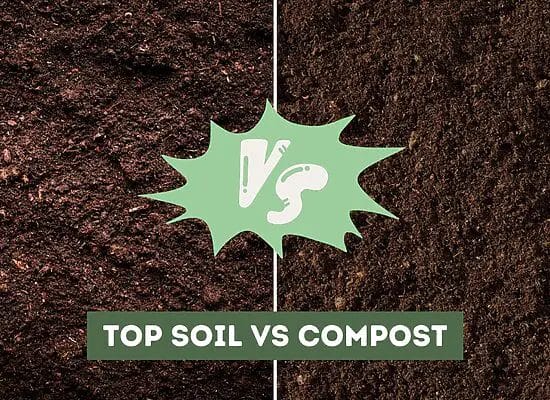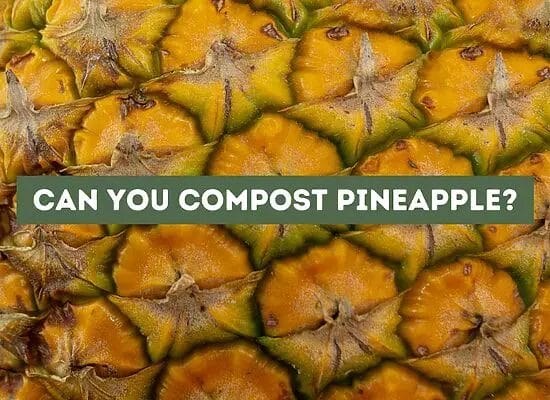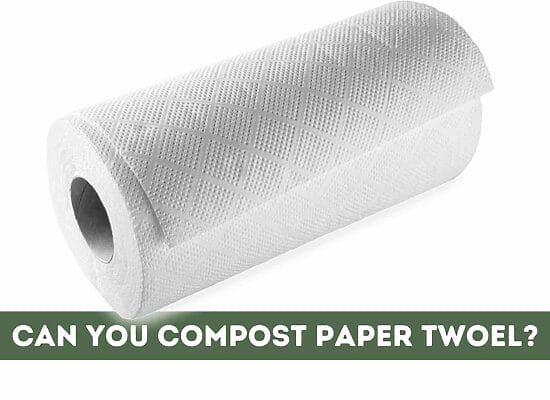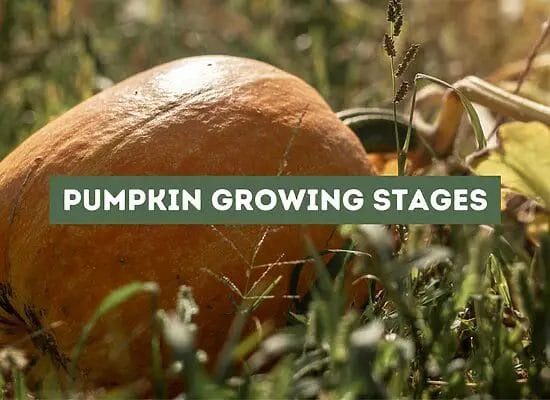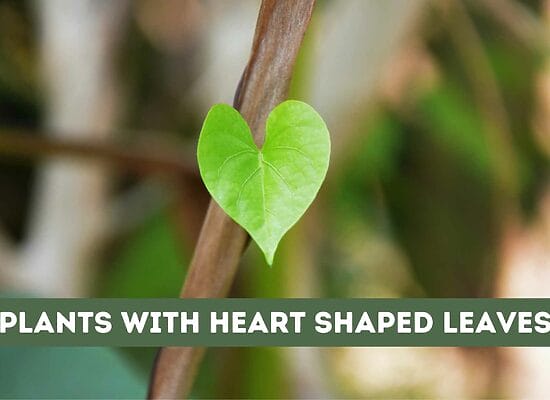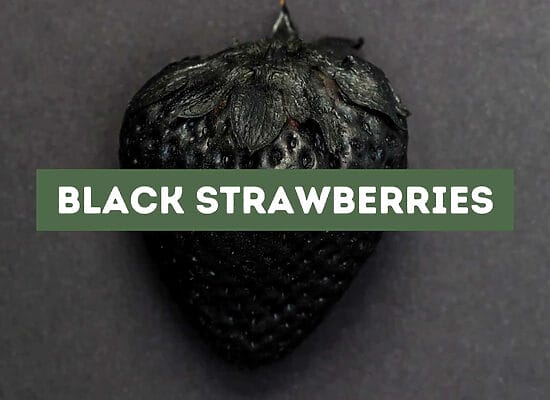
Alocasia Wentii, also known as the Hardy Elephant’s Ear, is a stunning houseplant that can elevate the look of your indoor space. With its dark green, glossy leaves showcasing purple undersides and a ruffled texture, this plant creates a bold statement, captivating the attention of your guests. However, looking after this exquisite beauty requires a bit of care and attention to make sure it thrives in your home.
To ensure it grows healthily, you need to provide great Alocasia Wentii care, with the right environment. By learning these essential care practices, you’ll be well-prepared to offer your Alocasia Wentii a perfect home, allowing it to flourish and showcase its eye-catching dramatic appearance.
Key takeaways:
- Proper care involves providing bright indirect light, adequate humidity, careful watering, and a well-draining potting.
- The plant can reach heights of 4-6 feet and requires ample space indoors.
- The metallic pattern on its leaves adds a unique visual display.
- Watering should be done when the top 1-2 inches of soil feel dry, and a well-draining pot is necessary.
- Repotting should be done in spring or early summer using a slightly larger pot and fresh potting soil.
- Propagation should be done during active growth in spring or early summer.
- Fertilize every 2-4 weeks with a balanced fertilizer.
- Prune the plant to promote new growth and maintain its appearance.
- Alocasia Wentii can be propagated through root division or offset/corm removal.
- The plant is toxic to humans and pets if ingested, so precautions should be taken.
- Common problems include sunburn, overwatering, and pests.
- Ensure high humidity levels and provide similar care conditions as the parent plant.
- Alocasia Wentii contains calcium oxalate crystals and can cause irritation if ingested by humans or animals.
Alocasia Wentii Overview
Origin and Description
Alocasia Wentii, also known as the elephant ear or New Guinea shield, originates from the tropical forests of New Guinea. This striking plant boasts impressive, large, arrow-shaped leaves with a metallic sheen on the upper surface and purple-tinged undersides. The plant’s foliage adds a touch of glamour and drama to your indoor garden.
Is Alocasia Wentii an indoor plant?
Yes, Alocasia Wentii can be successfully grown as an indoor plant with the proper care. You’ll want to provide it with bright, indirect light, high humidity levels, and appropriate watering to mimic its natural environment. This way, you can enjoy the striking presence of this plant in your home.
How tall does Alocasia Wentii grow?
Alocasia Wentii can reach heights of 4-6 feet (1.2-1.8 meters) when given optimal conditions. It’s a sizable plant, so you’ll need to allocate ample space for it to flourish indoors. However, due to its relatively slow growth, you can easily manage its height if needed.
What is the pattern of Alocasia leaves?
The metallic pattern on Alocasia Wentii leaves sets them apart from other indoor plants. The deep green leaves exhibit silvery veins, creating a unique visual display. With proper care, you can expect your plant to produce vibrant, eye-catching foliage that adds character and elegance to your living space.
Remember, each part of Alocasia Wentii’s care contributes to the plant’s overall health and appearance. By paying attention to light, humidity, watering, and other factors, you can enjoy a stunning indoor plant that truly stands out in your home.
Alocasia Wentii Care
Alocasia Wentii, also known as the Hardy Elephant Ear, is a beautiful tropical plant that adds a touch of exotic elegance to your indoor garden. In this care guide, we’ll provide you with essential tips on how to maintain and nurture your Alocasia Wentii’s vibrant foliage and keep it thriving for years to come.
Water Requirements
One of the primary needs of your Alocasia Wentii is consistent moisture. However, it’s crucial to avoid overwatering, as this may lead to root rot. It’s best to water your plant when the top 1-2 inches (2.5-5 cm) of soil feels dry to the touch1. Remember to use a pot with drainage holes to prevent waterlogged soil.
Pro Tip: Flush the soil with extra water at watering time and let the excess drain to saturate the entire root system and wash out contaminants such as unused fertilizers2.
Light Requirements
When it comes to lighting, Alocasia Wentii should receive bright, indirect light1. Direct sunlight may cause scorching and damage the vibrant foliage, so it’s best to place your plant near a brightly lit window but shielded from the sun’s intensity. If necessary, you may use a sheer curtain to diffuse the light.
Soil Requirements
To ensure your plant remains healthy and vibrant, a well-draining potting mix is critical to prevent root rot. You might consider a mix that retains some moisture but allows excess water to drain away efficiently. A blend of standard potting soil combined with perlite in a 2 to 1 ratio should provide the ideal balance between drainage and moisture retention.
Temperature Requirements
The Hardy Elephant Ear thrives in a temperature range between 60 to 86 degrees Fahrenheit (16 to 30 degrees Celsius)1. Maintaining this range will ensure optimal growth, with the plant being able to tolerate occasional variations. However, be mindful of excessive heat or cold drafts as they can stress and damage your plant.
Humidity Requirements
Lastly, Alocasia Wentii prefers a higher humidity level, ideally above 60%1. To maintain these conditions, you can opt for methods such as misting the leaves, placing a humidifier nearby, or setting your potted plant on a tray filled with pebbles and water. The evaporation of the water from the tray will help raise the humidity level around your plant.
Repotting and Fertilizing
Caring for your Alocasia Wentii plant involves two crucial aspects: repotting and fertilizing. In this section, you’ll learn when to repot, choose the right pot, and take care of fertilization and feeding.
When to Repot
Monitor your Alocasia Wentii for signs indicating it’s time to repot. The best time to repot is during spring or early summer when the plant enters its active growing season. If you notice roots growing out of the bottom of the pot or if the plant starts to look overcrowded, it’s time to give it some more room.
Choosing the Right Pot
When choosing a new pot for your Alocasia Wentii, opt for one that is about 2 inches larger in diameter than the current pot. Ensure that the new pot has sufficient drainage holes. A quality Aroid soil is generally recommended for Alocasia Wentii, which typically consists of coconut coir, LECA, perlite, charcoal, worm castings, and bark.
Pro Tip: If you can't find a pre-made Aroid soil mix, use equal parts of standard houseplant potting soil and cactus soil mix for an alternative.
Fertilizer and Feeding Tips
Proper fertilization is essential for maintaining the lush appearance of your Alocasia Wentii’s massive leaves. Aim to feed your plant every two to four weeks with a good-quality fertilizer containing optimum levels of nitrogen, phosphate, and potassium.
Options for fertilizers include diluted liquid fertilizer or slow-release fertilizer. For liquid fertilizer, mix it at half the recommended strength and apply during regular watering. If you choose a slow-release fertilizer, apply it as per the instructions on the packaging.
Remember to keep an eye on your plant’s growth and adjust its feeding schedule accordingly. Over-fertilization can lead to burnt or yellow leaves, while under-fertilization can hinder its ability to produce new leaves or blooms.
Growing Alocasia Wentii Indoors
Alocasia Wentii is a stunning houseplant that can easily adjust to indoor growing conditions. With its unique foliage and attractive appearance, this beautiful indoor plant can be the centerpiece of your living room or office.
Pruning and Maintenance
To care for Alocasia wentii properly, you should provide bright indirect light and a well-draining potting mix that stays slightly moist. Water the plant about once a week when the top 1-2 inches (2.5-5cm) of soil are almost dry. Aim for a temperature between 60 to 86 degrees Fahrenheit (16 to 30 degrees Celsius), and keep the humidity level higher than 60%. A healthy Alocasia wentii will appreciate a quality Aroid soil containing coconut coir, LECA, perlite, charcoal, worm castings, and bark.
Pro Tip: Fertilize your Alocasia wentii during the warmer months when the plant is actively growing. Use a ¼ diluted complete liquid fertilizer when watering, or opt for seaweed or fish emulsion to give the plant the proper nutrition for big, beautiful leaves.
Signs of Common Problems
Alocasia wentii leaves might experience some issues if not cared for correctly. Be aware of these signs for common problems:
- Brown leaves: This can be a result of direct sunlight exposure. Find a bright spot that doesn’t receive direct sunlight to avoid this issue.
- Drooping or yellowing leaves: Overwatering is a common cause. Ensure that the top 1-2 inches (2.5-5cm) of soil are almost dry before watering again.
- Pests: Alocasia wentii can be prone to spider mites and mealybugs, so regularly inspect the leaves for any signs of infestations.
Alocasia Wentii Propagation
Alocasia Wentii is a beautiful houseplant that can add a tropical touch to your home. Adding more of these plants to your collection is simple, thanks to a variety of propagation methods. In this section, we will explore the different ways to propagate Alocasia Wentii and provide step-by-step instructions for successful propagation.
Methods of Propagation
There are two common ways to propagate Alocasia Wentii: root division and offset/corm removal. Both methods involve separating a part of the plant from the parent and replanting it to form a new plant.
- Root Division: This is the most common method for Alocasia Wentii propagation. During repotting, you can carefully divide the root with a baby bulb attached to it and replant the bulbs separately. This method is effective because the baby bulb already has a root system in place, increasing the chances of successful regrowth.
- Offset/Corm Removal: Alocasia Wentii plants produce small offsets or corms on the rhizome that can be removed and grown separately. This method takes a bit more time, as the new plant will need to develop its own roots before it can start growing.
Steps for Successful Propagation
To get the best results when propagating your Alocasia Wentii, follow these steps:
Step 1: Choose the right time for propagation. A good time is when the plant is actively growing, typically during spring or early summer.
Step 2: Remove the parent plant from its pot carefully to avoid damaging the roots. Gently shake off any extra soil, so you can easily examine the root system.
Step 3: For root division, identify a healthy baby bulb with a portion of roots attached and gently separate it from the parent’s roots. For offset/corm removal, find a healthy offset or corm on the rhizome that has started to develop leaves and carefully remove it from the parent plant.
Step 4: Prepare a new pot with well-draining, slightly moist potting mix. Plant the separated baby bulb or offset/corm at the same depth as it was in the original pot.
Step 5: Water the newly planted bulb or offset/corm, ensuring the soil is damp but not soggy. Maintain similar care requirements as the parent plant, such as bright indirect light and consistent temperature between 60 to 86 degrees Fahrenheit (16 to 30 degrees Celsius).
Pro Tip: Ensure your Alocasia Wentii stays in an area with humidity levels higher than 60% to encourage healthy growth. You can achieve this by placing the plant over a tray of water with pebbles or by using a humidifier in your home.
Alocasia Wentii Toxicity
Alocasia Wentii, a beautiful and exotic houseplant, is known for its stunning foliage and ease of care. However, it’s important to be aware of its toxic properties for the safety of both you and your pets. In this section, we will discuss the toxicity of Alocasia Wentii to humans and animals and offer some essential tips for handling this plant.
Toxicity to Humans
Alocasia Wentii contains calcium oxalate crystals, which can cause irritation and swelling in the mouth, throat, and gastrointestinal tract if ingested by humans 1. These crystals have sharp edges, leading to even more irritation on contact with skin or internal tissues 2. Anyone who accidentally consumes this plant may experience pain, difficulty swallowing, and potentially, a life-threatening reaction.
Pro Tip: If a child comes into contact with Alocasia Wentii, clean off any plant material around their mouth, as the plant's unpleasant taste deters them from eating much 3.
Toxicity to Animals
Not only is Alocasia Wentii toxic to humans, but it’s also harmful to pets such as cats, dogs, and horses. If your furry friend accidentally consumes any part of the plant, they may experience symptoms similar to those in humans: irritation, swelling, and pain in the mouth and throat, as well as gastrointestinal issues. The ideal humidity level for Alocasia Wentii is above 60%, and it requires a temperature range between 60 to 86 degrees Fahrenheit (16 to 30 degrees Celsius) 4.
To ensure the safety of everyone in your household, take the following precautions:
- Place your Alocasia Wentii in an area where children and pets cannot easily access it.
- Wear gloves when handling or pruning your plant to minimize skin contact with the harmful calcium oxalate crystals.
- If you suspect someone has ingested part of the plant, immediately contact a medical professional or poison control center for guidance.
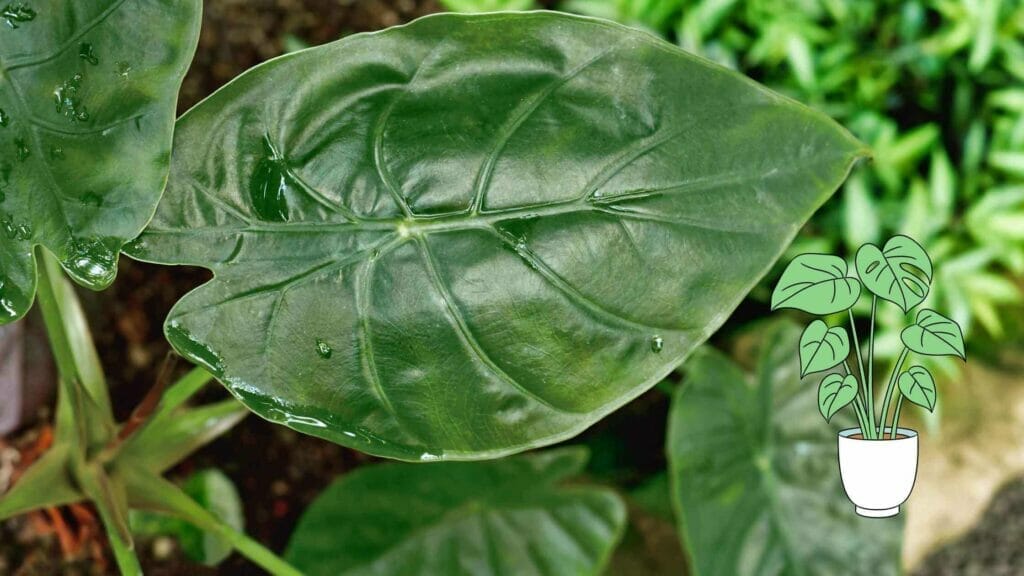
FAQ: Alocasia Wentii Care
What is Alocasia Wentii?
Alocasia Wentii is a type of tropical houseplant known for its large, beautiful leaves and easy to care nature.
What are the essential tips for Alocasia Wentii care?
Alocasia Wentii needs proper watering, high humidity, and fertilization during spring and summer. It is also important to repot the plant when it has outgrown its pot and to prune it to promote new growth.
How often should I water my Alocasia Wentii?
Alocasia Wentii should be watered when the top 1-2 inches of the soil feel dry. It is important to not let the soil dry out entirely but also not to overwater it as it can cause root rot.
How do I maintain the humidity level for my Alocasia Wentii?
Alocasia Wentii needs high humidity levels, ideally between 60-80%. You can maintain the humidity level by placing a tray of water near the plant, misting the foliage regularly, and using a humidifier.
How do I care for the Alocasia Wentii plant?
To take care of an Alocasia Wentii plant, you need to provide it with adequate lighting, water, humidity, and fertilization. It is also important to prune it regularly and repot it when it outgrows its pot.
Do I need to fertilize my Alocasia Wentii plant?
Yes, Alocasia Wentii requires regular fertilization during spring and summer months to encourage healthy growth. Fertilize the plant with a balanced fertilizer every 2-3 weeks.
How do I prune my Alocasia Wentii plant?
To prune an Alocasia Wentii plant, use pruning scissors to cut off any yellow or damaged leaves at the base of the stem. This will encourage new growth and keep the plant healthy.
Is Alocasia Wentii toxic?
Yes, Alocasia Wentii is toxic to pets and humans if ingested. Keep the plant away from children and pets and seek medical help if you suspect ingestion.
When should I repot my Alocasia Wentii?
Repot your Alocasia Wentii plant when it has outgrown its pot or when the soil has become compacted. Make sure to use a pot that is only slightly bigger than the previous one and use fresh potting soil.
Is Alocasia Wentii a rare plant?
Yes, Alocasia Wentii is considered a rare plant in some parts of the world due to its limited availability and high demand among houseplant enthusiasts.


